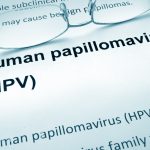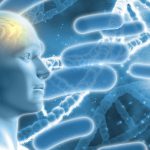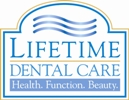
The alarming incidence of oral cancer connected to oral infections caused by the human papillomavirus, HPV, should rightly raise concern. For too long healthcare has overlooked the potential of HPV to cause serious disease in the oral cavity, the pharynx and larynx. Fortunately, early detection is key, and there is now a highly sensitive test that can identify early HPV infections called OraRisk ® HPV. OraRisk ® HPV identifies the HPV infection often before any clinical symptoms can be se...
Read More








